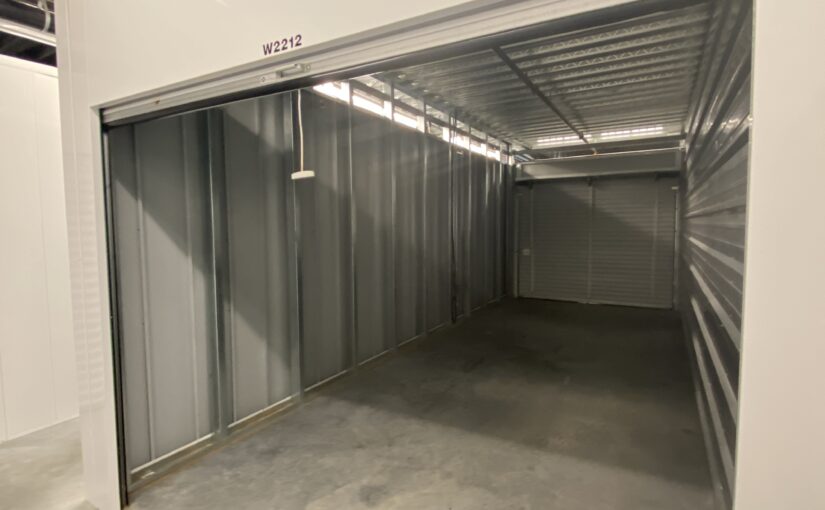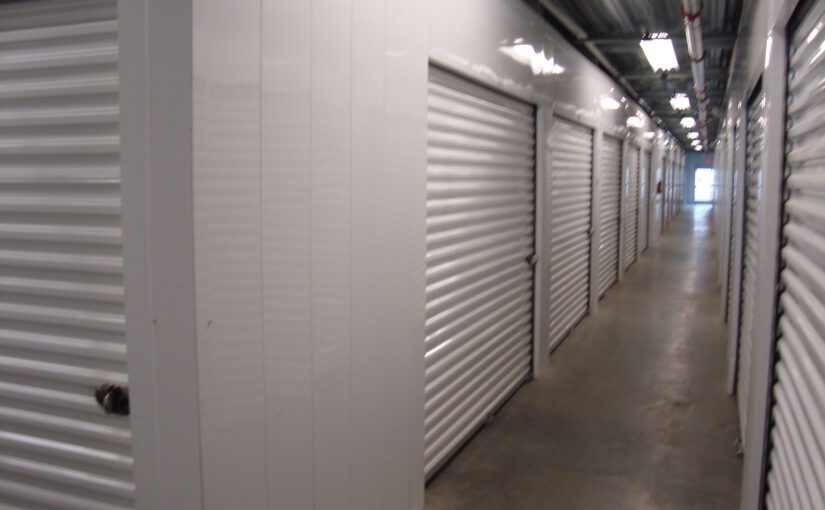When it comes to storage, everyone is able to use it. There are many different reasons that people look for self-storage. Someone could be moving to a new place. College students need places to store their items, while they aren’t in the dorms. The possibilities of storage are almost endless. Finding the right storage unit can be a struggle at times. It all depends on how much you want to store. Most storage facilities have different unit sizes. At Dino’s Storage, we have outside parking and 5 different storage sizes.
At Dino’s Storage, the smallest storage size is about the size of a closet. The size is 5×5. This could store small furniture, like lamps, chairs, seasonal items, and boxes. There is also a double size storage unit. The size of this unit is 5×10 or 10x 5. It can store furniture for a studio apartment, couch, table and chairs, and appliances. Some examples are chair, dressers, night stand, and luggage. These size storage units could be the perfect size for college students. Usually, college students need to store more personal items than furniture. This is because the college will usually provide furniture for the dorms. The personal items could be a futon, mini-fridge, or room décor.
But if you need more spaces then we have bigger storage units. The next size up would be a one bedroom apartment storage unit. This would would be a 10×10 that fits bigger furniture. It could fit furniture that goes into a one-bedroom apartments, appliances, table and chairs, mattresses, couches/love seats, and motorcycles. This could fit for a young couple that are moving. It could also fit someone who is moving from one place to another, within the same state.
The next two storage sizes are huge. The first one is the size of a one care garage. The unit size is 10×20. This could fit furniture from a three-bedroom apartment or a small house. It could fit several appliances, tables and chairs, boxes, couches, work-out equipment, entertainment enter, and an average size car. This could be someone who is moving to another state or country. This is because they might not be able to move everything right away or they can’t bring everything with them. But if you need more space than we got an extra-large sized storage unit. This could be 10×25 or 10×30. This would fit a three to four bedroom house. This size unit would be more likely for a family or a few roommates. This is because its’ not only going to be able to fit a couple large items. It will fit everything you want and more. There are a few different size storage units that you can use, but maybe you need storage for your car.
At Dino’s Storage, we also have storage for your cars! It is possible to fit an average size car into our storage units, but maybe you have something bigger, like a camper. This won’t be able to fit in the indoor storage units. But it can be stored at our outdoor parking spots. Dino’s Storage offers outdoor parking spots because not everyone is able to fit all their vehicles into their driveway. This could be because they don’t have a place to store their car. This is only one of the reasons out of many, that one might need a parking spot. Some people might be wary to store their car outside. If you are worried about your car, than you are able to store it at Dino’s Storage headquarters. At the headquarters, there is an indoor garage. Also, there are cameras at every Dino’s Storage location.
Get the storage unit that fits you and your needs. It won’t be beneficial to you if you get a storage unit that doesn’t fit everything you need. You could be paying for empty space or overstuffing your storage space. This could become expensive and dangerous. At Dino’s Storage, we are here to help you find the storage unit that fits you. Our prices depends on what size storage you need. There are more reference pictures and descriptions on our website: dinosstorage.com.













